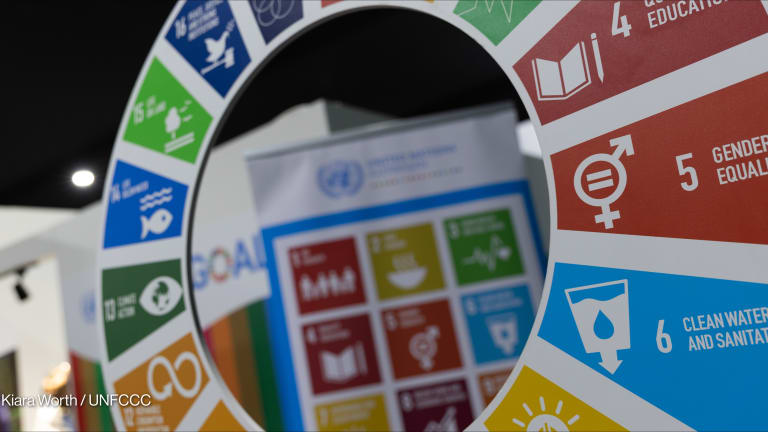
Data are becoming cheaper, more plentiful, and easier to access and use. What does that mean for transparency? What does it mean for development? And what does it mean for you?
According to Hal Varian, chief economist of Google, it means that you’re going to be in high demand if you have the complementary skill of making sense of large amounts of data. That’s one of the skills of data story-tellers, like Hans Rosling, and statisticians – the dream job of the decade!
A major source of the “data avalanche” has been the move to open government data. The World Bank launched its Open Data initiative on April 20 last year: Development data are now free, searchable and accessible, and the full range of data sets is listed in a catalog for bulk download and direct access.
Several developing countries are making a big effort to provide better access to data: Tanzania, for instance, is now publishing a national archive of survey data. South Africa provides extensive budget information, according to the International Budget Partnership. And another game-changing trend is that citizens themselves are producing and exchanging data through mobile devices.
There is still a long way to go: It doesn’t mean that there are enough data sources to help solve all the pressing development problems, or that the new sources are always the most relevant or of the highest quality. But the movement is definitely in the right direction.
And more and more software developers are helping to make use of these open data sets, combining data from different sources in innovative and new ways. Take the Mapping for Results application. The result of a partnership between the World Bank and AidData, it shows the location of projects by purpose together with development indicators, such as poverty incidence and child mortality rates. This is a powerful step forward for visualizing data and improving aid transparency. Imagine a map of a country which shows the location of development projects supported by all development partners, government, and NGOs. Then imagine other data sets overlaid onto these locations: the numbers of school-age children, levels of poverty, incidence of disease. See where projects are working, track their progress and results, and investigate their impact.
Plenty of other applications are being developed, too. Over 100 apps have been entered from over 30 countries for the Apps for Development competition, which challenges software developers to use development data to address one or more of the Millennium Development Goals. And you can participate: Visit the site by Feb. 28 and vote on the apps for the “popular choice” award.
Using data to investigate pressing development issues is not a new idea, of course. Economists, epidemiologists, monitoring and evaluation specialists, and many others have been doing it for years. In 1853, John Snow conducted his famous study relating contaminated water sources in London to cholera outbreaks. But the difference now is that we’re starting to see much more data – some of it “curated,” like those data published in World Development Indicators, and some of it in a raw format – like microdata from surveys and other sources. And huge amounts of data are produced through social media applications running on the web and mobile devices.
There are some common concerns when data sources are more transparent and much easier to access – like the greater risk of data misuse or misinterpretation. And more users have more questions. For instance, why is the gross primary school enrollment rate in Cambodia greater that 100 percent? Answering such questions requires the careful interpretation and understanding of definitions, methods, and data quality.
Given the importance of data and evidence to development policy – even more so in countries with high poverty incidence rates, where the efficient allocation of scarce resources makes a crucial difference – there are going to be increasing opportunities for data-literate development professionals; especially those that can turn statistics into knowledge.
For a list of international development jobs focusing on data collection, analysis and distribution, check Devex Jobs.
Read more of Full Disclosure: The aid transparency blog, written by aid workers for aid workers.








